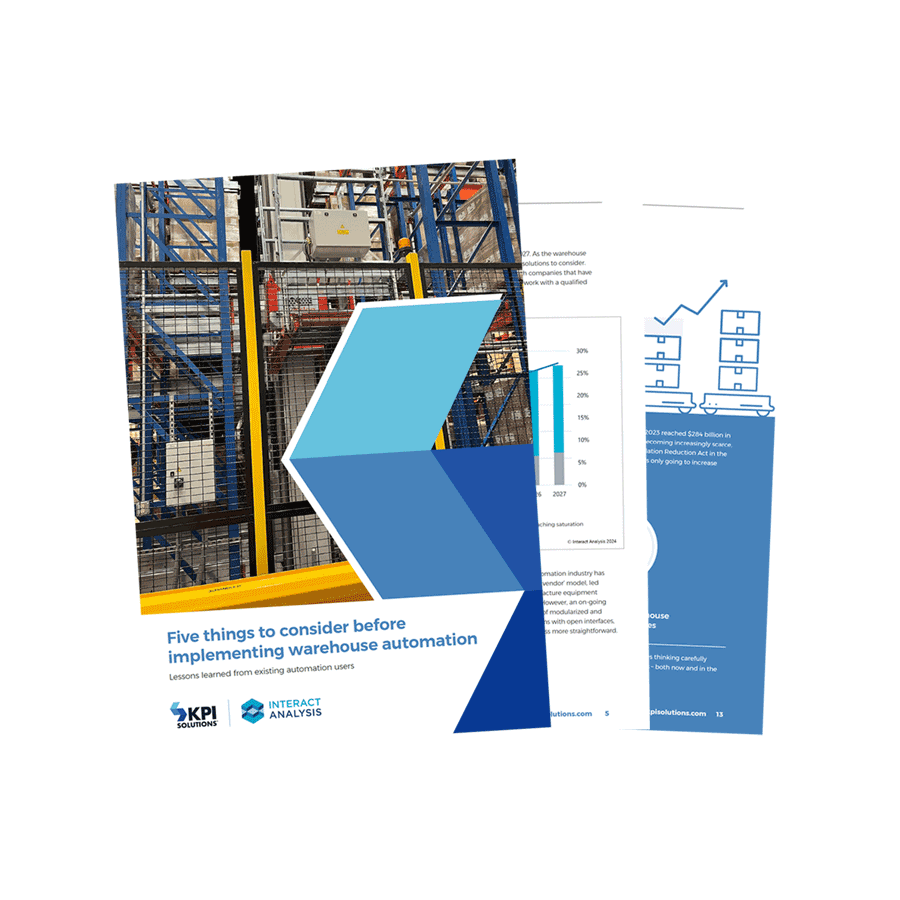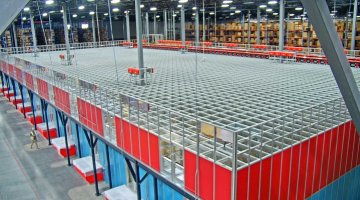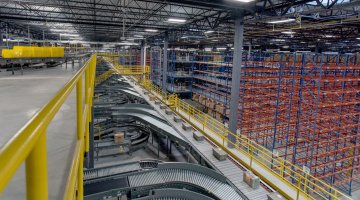Transforming Cold Storage Warehousing: Tackling Challenges and Harnessing Opportunities to Automate for Growth

With consumer preferences for fresh and frozen products rising, the need for cold storage warehousing has become increasingly essential. This increased consumer demand, combined with the expansion of global supply chains, and the surge in e-commerce, has brought about new distribution challenges.
The Current State
The market for temperature-controlled warehousing is expanding due to significant growth in demand from the food, agriculture, and medical industry. Food and some pharmaceutical manufacturing, grocery logistics, and online meal kits all require refrigerated preparation and storage space, compelling businesses to ensure the quality and safety of perishable goods throughout the supply chain. Studies predict the cold storage market will grow between 13-17% for the next 5 years, thanks to e-commerce growth and overall increased consumer demand. Cold storage warehousing facilities provide essential infrastructure, technology, and processes to maintain the integrity of temperature-sensitive products.
However, cold storage warehouses face numerous operational challenges, such as maintaining optimal storage conditions and managing complex inventory due to perishables’ shorter shelf life. The safety and comfort of workers is also a critical prerequisite as they must be outfitted with insulated, protective equipment to minimize health risks and maintain productivity. Additionally, automation options may be limited due to the need to operate in extreme temperatures.
Driving Growth in Cold Storage
Significant growth in the cold storage industry can be attributed to the explosion of e-commerce and online grocery shopping, both of which require safe temperatures to be maintained while products are in transit. Recent events have accelerated the shift towards online shopping, including purchasing groceries, necessitating the need for last-mile distribution considerations, where speed to market while maintaining temperature integrity is key. Supply chains must adapt and transform operations with lean processes and automated material handling systems to keep up with demand, particularly during labor shortages.
Globalization of food and pharmaceutical markets and stringent regulatory standards also contribute to the growth of cold storage facilities, necessitating efficient cold storage infrastructure to ensure the safe transportation and storage of diverse food products and temperature-sensitive pharmaceuticals.
Addressing Operational Challenges in Cold Storage Warehouses
Today’s cold storage facilities face specific challenges with their unique design requirements. Efficient space utilization is a primary challenge in cold storage operations. Given rising energy costs and typically smaller footprints, offset by building height ranges from 80 to 150 feet, maximizing the available space is crucial. Automated storage and retrieval systems (AS/RS) and strategic facility design, including high-density storage solutions, address this challenge by optimizing space and improving operational efficiency.
Microfulfillment centers, often in re-purposed retail space, have begun to arrive for temperature-controlled last mile distribution. Refrigerated and frozen products are stored here for a short period of time often for online order fulfillment, and are becoming more common in densely populated urban areas.
Automated technologies can streamline operations, increase throughput, and improve worker and product safety. Equipment including conveyor and sortation, stacker cranes, miniload systems, automated guided vehicles (AGVs), and other robotics help bridge the labor gap and enhance operational efficiency by streamlining processes and reducing reliance on manual labor.
Advanced warehouse management systems (WMS), coupled with intelligent machine control systems (WES, warehouse execution systems), provide real-time orchestration of equipment and labor while allowing visibility into inventory levels and pending orders, ensuring efficient throughput and inventory management.
Choosing the Right Automated System for a Cold Storage Warehouse
Selecting the right automated system is crucial for the success of a cold storage enterprise. An appropriate system should streamline operations, improve efficiency while ensuring staff safety and inventory quality, and offer seamless integration to software while delivering reliability and a reasonable total cost of ownership (TCO).
When evaluating different automated systems, consider business operations, workflows, use cases, integration to existing WMS and other software, and timeline and budget constraints. Balancing these requirements with affordability and functionality can be a daunting task.
Five things to consider before implementing warehouse automation
Buyers and users of warehouse automation have told us it’s becoming less of a choice and more of an imperative to automate their facilities.
Based on learnings from interviews with companies that have already automated their facilities, we’ve compiled a list of 5 key things for companies considering automation.

Why Choose KPI Solutions for Cold Storage Warehousing?
We integrate best-of-breed material handling and storage systems to help your business maintain a competitive edge. Our customizable solutions are tailored to meet specific requirements, optimize space, enhance workflow, and maximize efficiency in a refrigerated warehouse.
Our commitment to excellence and customer success makes KPI Solutions your best choice for all your cold storage warehousing needs.
Contact us today to discuss your requirements and let us provide you with an expertly designed and engineered solution to meet your specific business goals.
Categories (tags):


